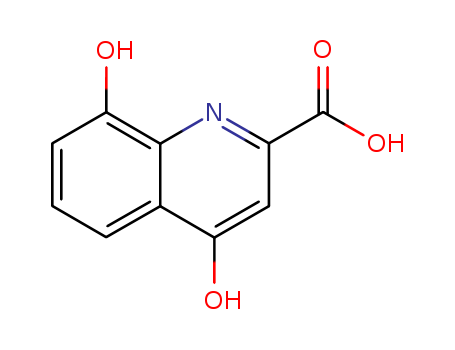10.1016/j.jpba.2019.05.025
The study focuses on the activity and inhibition of Anopheles gambiae 3-hydroxykynurenine transaminase (Ag-HKT), an enzyme that metabolizes 3-hydroxykynurenine into xanthurenic acid, which is crucial for mosquito vector physiology and a potential target for transmission-blocking drugs and insecticides. The researchers developed and validated a new LC-MS/MS method to evaluate Ag-HKT activity and the potency of inhibitors. Chemicals used in the study included L-kynurenine (L-KYN), kynurenic acid (KA), xanthurenic acid (XA), 3-hydroxy-DL-kynurenine (D,L-3-HK), and pyridoxal 5′-phosphate (PLP) as key components of the enzymatic assay. Additionally, 4-(2-aminophenyl)-4-oxobutanoic acid (INI) and its derivative 4-(2-Amino-3-hydroxyphenyl)-4-oxobutanoic acid (3-OH-INI) were synthesized and tested as potential inhibitors of Ag-HKT. The purpose of these chemicals was to establish a method for quantifying the enzyme's activity and to identify and characterize compounds that could inhibit Ag-HKT, providing a basis for the development of new insecticides and malaria transmission-blocking drugs.






